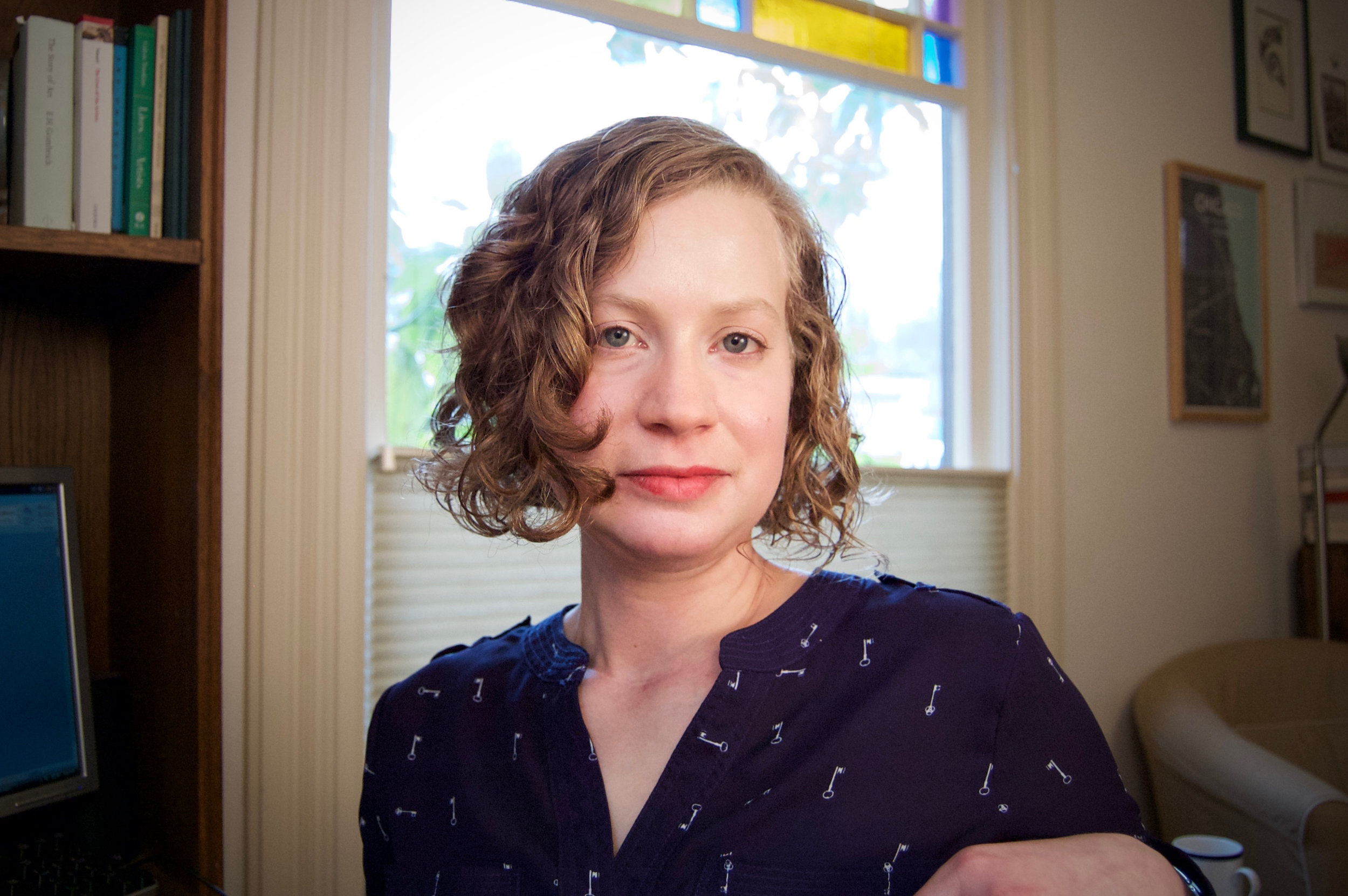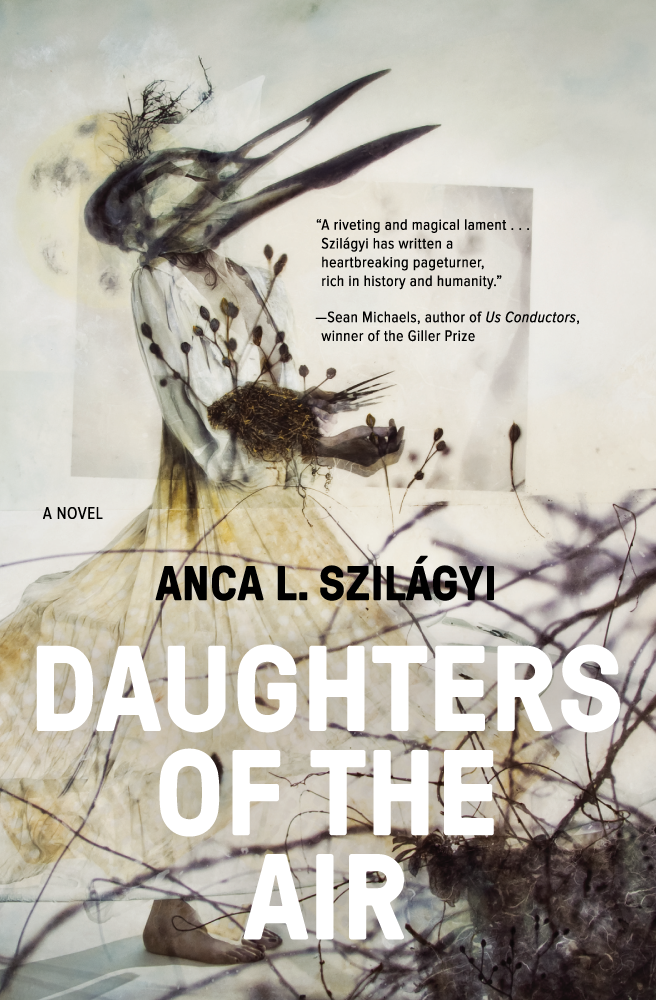In the house on the hill, there lives a vampire. But not of the sexy, mysterious, or sparkling kind. The vampire Gideon prefers to drink nearly expired blood from the local morgue while watching over the humans around him—humans he calls “children,” because when you’re as old as he is, everyone else does seem like a child. And so many of these children are prepared to throw their lives away over problems that, in Gideon’s view, appear rather trivial.
He sets about trying to fix them by means of an unofficial, do-it-yourself suicide hotline. He's sure that he's making a difference, maybe even righting the mistakes of his past. Then one day a troubled young girl calls, and his (undead) life gets turned upside down. Before he knows it, he’s got a surly, tech-addicted teenage roommate—and, at long last, he begins to grow up.
Andrew Katz’s The Vampire Gideon’s Suicide Hotline and Halfway House for Orphaned Girls is a darkly funny take on vampires that Crawford Fantasy Award-winning author Stephanie Feldman calls “Alternately provocative and tender… a ghastly undead specimen with wisdom to share."
With only a few weeks left before Vampire Gideon releases into the wild, we sat down with Andrew to talk about his work, his influences, and Gideon.
Thanks for taking some time to chat with us before Vampire Gideon comes out next month. To start off, tell us a bit about yourself.
Ugh, this is always one of my least favorite questions to answer, as I’m not the best at talking about myself. I guess one of the most pertinent things in my life is a battle with somewhat severe A.D.D. which I used to think of as a type of curse but has actually become a huge boon to my productivity in a weird way. It has allowed me to pick up a bunch of cool hobbies, i.e. carpentry, painting, disc golf (the silliest most satisfying game in the world).
Because of the distracted nature of my brain bouncing from thing to thing helps me to never get too bored, which David Foster Wallace thought was all you needed to succeed in America—an immunity to boredom, that is. When I’m writing, I’ll be in and out of my backyard, playing with my perfect dog, Zora, making benches, or whatever other random act takes my fancy. By staying active I stay productive.
Oh, also I work in environmental remediation and go to grad school, which are both pretty neat and again, add to my never-ending to-do list that I’ve been keeping for the past year now.
“A vampire who runs a suicide hotline” was a concept that grabbed us immediately. Where did the seed of the story come from?
So I was in a stage with my writing in which I became upsetting with the ironic flipping of ideas. Mental health has always been something of interest to me because of family history and my mother’s career as a social worker. I got to thinking what an interesting way to write about mental health would be, and came up with a dead guy running a suicide hotline, because there’s no other way to have an expert opinion on death. I thought maybe I’d do a zombie, but I’m really not into zombies, and then I was like, “Oh! Vampires are fun and something I could critique in terms of mental health and imagination, let’s do that.” It really just spiraled from there. Also, huge thanks to Lanternfish’s Christine Neulieb for helping to make this story a lot more fun and cohesive.
Gideon was born near a hundred years ago. Did you experience any challenges writing the voice of a character from such a different era?
Such a challenge. The formality was really fun to write, especially in contrast to the hyper-vulgar character of Margie, who incidentally became my favorite as she unfolded. The biggest challenge with Gideon’s voice was the anachronisms and trying to keep everything consistent and plausible. Because Gideon is a character in the current world, I think I was able to get away with a little bit of that when giving antiquated views of culture and the discourses with Margie, but it was hard to eliminate the references and phrases that didn’t fit his character. It was a good time splicing in jokes of him not understanding other characters based on his age, though.
Gideon has a few different repeat callers whose stories readers become familiar with throughout the novel. Do you have a favorite among the callers?
Margie Margie Margie.
Who are some of the authors who have influenced your work?
I tried to give shoutouts to a lot of them in the novel itself, a la Jane Austen, Robert Heinlein, Dostoyevsky, and the various filmmakers who are mentioned among many, many more. I’m a really eclectic reader and have almost certainly absorbed a ton more from authors who didn’t get mentioned by name but are definitely deserving of huge praise (shout outs to Ray Bradbury, Kelly Link, Thomas Pynchon, and Kazuo Ishiguro). Also, as far as narrative storytelling goes, I think that Dave Chappelle’s work is absolute genius, as well as his former Chappelle’s Show writing partner, Neal Brennan, whose “3 Mics” special is one of the most poignant mental health narratives I’ve interacted with in a long time.
Thank you again for taking some time to speak with us! Where can readers follow your work online?
So I don’t participate in social media, not as any sort of statement or anything, I’m just terrified of becoming a phone addict. I can so easily see myself as someone glued to my phone reading Twitter and obsessively checking Instagram that I don’t even take that risk, as I think it would put a monstrous hole in my productivity.
Andrew Katz, when not reading and writing fiction, enjoys puppers and doggos, black coffee, hiking and writing bios that read like poorly made dating profiles. He is also the proud owner of several paintings he did himself and hides from the world because they’re bad. He lives and works in Philadelphia, Pennsylvania.
The Vampire Gideon's Suicide Hotline and Halfway House for Orphaned Girls is available for preorder on our website, via your favorite independent retailer, at Barnes & Noble, and via other book retailers.











